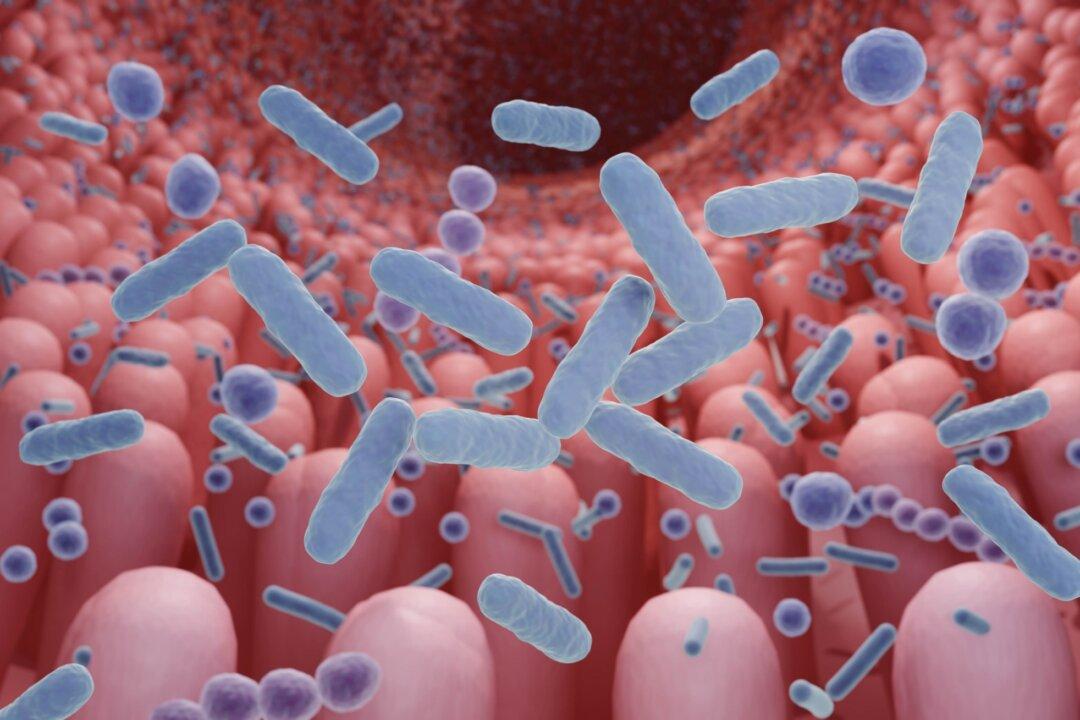Concerned about a high blood pressure reading at your last doctor’s appointment? Your concern may be misplaced. Some doctors believe that hypertension is commonly over- or misdiagnosed, and official blood pressure guidelines from medical organizations around the world differ.
Blood pressure measures the force the heart exerts on blood vessels. Systolic pressure (the first or upper number) measures the force in the arteries as the heart beats; while diastolic pressure (the second or lower number) is the measure of force in the arteries as the heart rests between beats. It’s measured in millimeters of mercury (mm HG).
Shifting Definition
The number of adults with hypertension worldwide increased to 1.13 billion in 2015 from 594 million in 1975, according to the World Health Organization. However, the exact definition of hypertension is in dispute and thus may skew the numbers.‘White-Coat’ Hypertension
Dr. Leland Stillman, in a November 2022 interview with Dr. Joseph Mercola, said many patients are being overtreated for high blood pressure. In some cases, improper readings are to blame.Stillman called this problem “an epidemic” and said, “I think high blood pressure is massively over-diagnosed because of this, and it’s just one of many examples I can give you about how the mainstream practices [result in overtreatment].”
Stillman said when he takes patients’ blood pressure readings after they’ve been sitting and resting for five minutes, “lo and behold, they’ll have completely normal numbers.”
‘Harm and Waste’
“Lowering definitions of hypertension has led to identification and drug treatment of larger populations of patients despite lack of evidence that drugs reduce morbidity or mortality,” American and Canadian doctors wrote in a 2014 BMJ analysis.That was in response to an even earlier lowering of the threshold for medical intervention—from a diastolic pressure of greater than 115 mm Hg to a reading of 140/90 mm Hg.
The doctors noted that using the same threshold for all patients ignores individual risk profiles, overlooks adverse effects of medication, and removes incentives for patients to lower blood pressure through “lifestyle choices”—that is, diet and exercise.
They wrote that people with what they called “mild hypertension” (a systolic pressure reading of 140 to 159 mm Hg) don’t necessarily benefit from drug treatment.
Dr. John Brodersen told The Epoch Times that lowering the threshold for a high blood pressure diagnosis in 2017 was “helpful to only a few people, maybe nobody, and it was harmful to thousands or millions of people.” He’s a general practitioner with a doctorate in public health and psychometrics and works as an associate research professor in the area of medical screening at the University of Copenhagen’s Department of Public Health.



